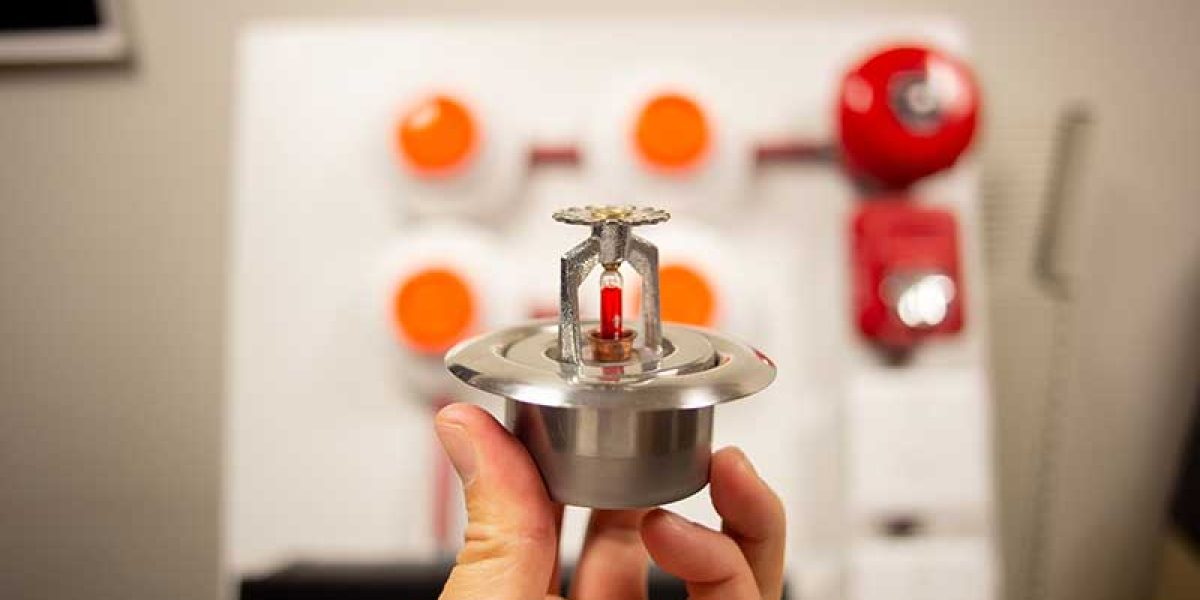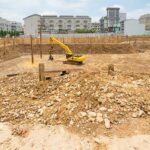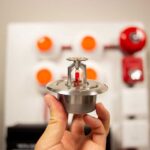Fire safety is a top priority in the design and construction of any commercial structure. From skyscrapers to shopping malls, managing and mitigating fire hazards not only assures occupant safety but also protects the integrity of enterprises and investments. This blog delves into the important aspects of developing and implementing effective fire suppression systems while adhering to fire safety requirements.
Understanding the Fire Safety Codes
Fire safety codes are a set of standards produced by national and international safety organizations to reduce the likelihood and severity of fires. These codes specify everything from the number and kind of fire escapes to the specifications for fire-resistant materials. Understanding and incorporating these rules into building designs from the start is more than just compliance; it is about providing a safe environment for everyone who utilizes the place.
Choosing the Right Fire Suppression System
There are various types of fire suppression systems available, each tailored to different types of buildings and fire hazards:
- Water-Based Systems (Sprinklers): The most frequent and effective technology for a wide range of applications, sprinklers can control and typically extinguish a fire before emergency services arrive.
- Gaseous Systems: These systems extinguish fires without leaving any trace, making them ideal for environments where water damage is not an option, such as data centers or historical archives.
- Foam Systems: Used in locations where flammable liquids are stored, such as airports or chemical industries, foam suppressants swiftly extinguish fires.
- Powder Systems: Commonly employed in industrial settings, these systems can control fires in regions where other suppressants may be ineffective.
Each system has its unique application, and selecting the proper one is based on a thorough risk evaluation of the commercial building.
Designing for effectiveness
A fire suppression system should be designed from the start of the building’s construction. Key considerations include:
- Coverage: Ensuring that all areas of the building are properly protected by suppressants in the event of a fire.
- Capacity: Systems must be able to handle the highest possible fire scenario for the given building.
- Accessibility for Maintenance: In order to perform properly, systems must be checked and maintained on a regular basis. Designing for ease of access is critical.
Installation Challenges
The installation of fire suppression systems presents various obstacles, particularly when retrofitting older structures that were not originally designed with these systems in mind. Coordination with architects, engineers, and local fire departments is required to safely and legally modify old structures.
Regular Inspection and Compliance
Following installation, regular checks are required to guarantee that fire suppression systems remain functioning over time. Compliance with fire safety rules requires a continuing commitment rather than a one-time activity. Commercial building owners should plan frequent audits and upgrades with local fire safety authorities to keep up with code changes and technological improvements.
Educating occupants
Finally, while having effective fire suppression systems in place is necessary, educating building occupants on fire safety procedures is also essential. Regular drills, visible signs, and readily available information on what to do in the event of a fire can considerably improve safety precautions.
Investing in high-quality fire suppression systems and ensuring compliance with fire safety requirements involves more than just following the rules. It is about actively defending people and property. For building owners and developers, the initial expenditures of installing and maintaining these systems are exceeded by the benefits of protecting against the terrible effects of fire. As technology advances and new dangers develop, remaining knowledgeable and prepared is the most effective method for ensuring safety and compliance in the ever-changing commercial real estate sector.
In essence, fire safety is a critical component of commercial building management, necessitating meticulous design, implementation, and maintenance. Prioritizing this allows organizations to ensure that their operations are safe and resilient, protecting both human life and structural integrity.








